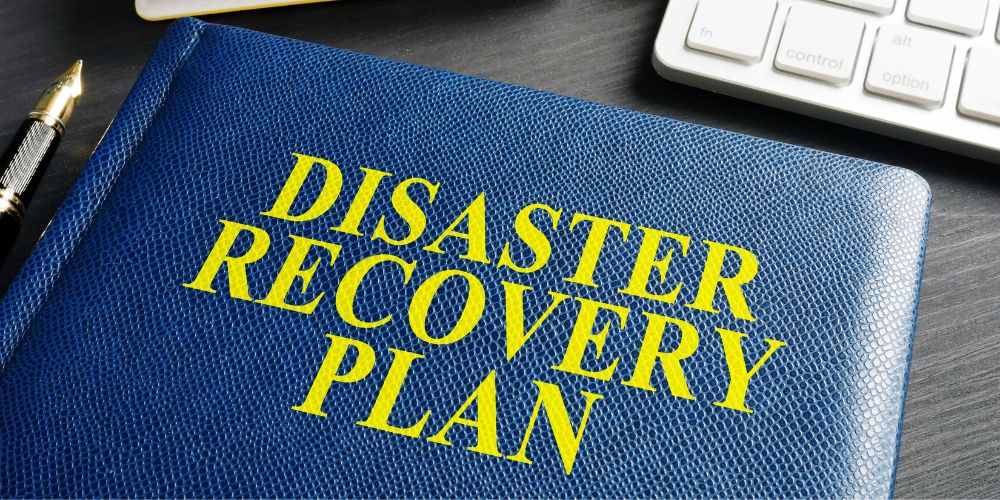We are entering the seasons of storms (including hurricanes and tornadoes), wildfires and other possible disasters. Even a power outage of short duration can affect your business. What if you ship orders because of an interruption in your order processing service, for example? Or what about a bigger disaster, that takes your business out of operation for days or weeks? Read on to learn more about the importance of disaster preparedness for keeping your business running.
What a Disaster Recovery Plan is and Why You Need One
Having a plan does seem obvious, doesn’t it? Yet many companies may not have one in place. A definition of a DRP is a structured document describing how your company can resolve data loss and get back to functionality during and after a disaster. Even a brief power outage that may seem like just an inconvenience can strongly impact your business. Downtime can be costly to your bottom line and to your reputation.
Advantages of Having a Plan
A key benefit is knowing what to do when a disaster happens, and swinging into action immediately. What’s more, a plan will give you confidence, and give others like workers and customers confidence in you. Customers will know that you’re keeping their data safe from loss or compromise, because you’ve backed up that data. You’ll know how much to budget for recovery from disaster, and which systems need to be back up and running.
Getting Started: Planning and Documentation
A conversation gets the ball rolling. Discussing what might happen in the event of a disaster, and what mission-critical systems need to resume first. What will happen first, and who will be responsible for making that happen? Who are your stakeholders, and what do they need from you? What data most needs to be protected, and how will it be safeguarded? What information will you provide, and what will be the messaging? The answers to these and other questions will give you the structure for your planning and documentation.
Besides answering the above questions, your documented plan should include both recovery time objective (RTO) and recovery point objective (RPO) – two key metrics for preparedness. Recovery Time Objective refers to how much time can pass to get your systems back up and running, whereas the recovery point objective refers to the age of files to retrieve from backup storage.
Working the Plan: Testing and Refining
Testing, done frequently and with practical exercises, will show how well your plan works, and also show “what you don’t know that you don’t know.” Going through scenarios and table-top exercises will point up unknown vulnerabilities, show what needs updating, and show whether key players know what to do. Information technology workers in particular will know about data protection strategy, and are vital to your efforts. Having tested your plan, you will know what changes are needed. Once the changes are made, testing can resume.
Disaster recovery planning may seem overwhelming. Taken step by step, though, it is possible and your business can be on a sure footing. For more assistance, contact your trusted technology advisor today.

